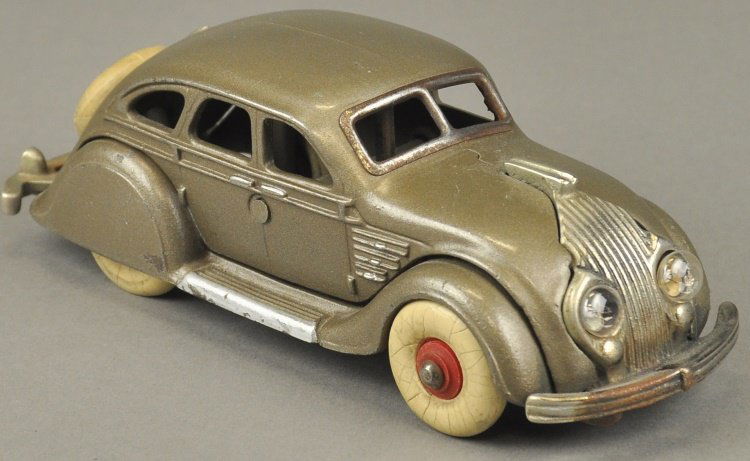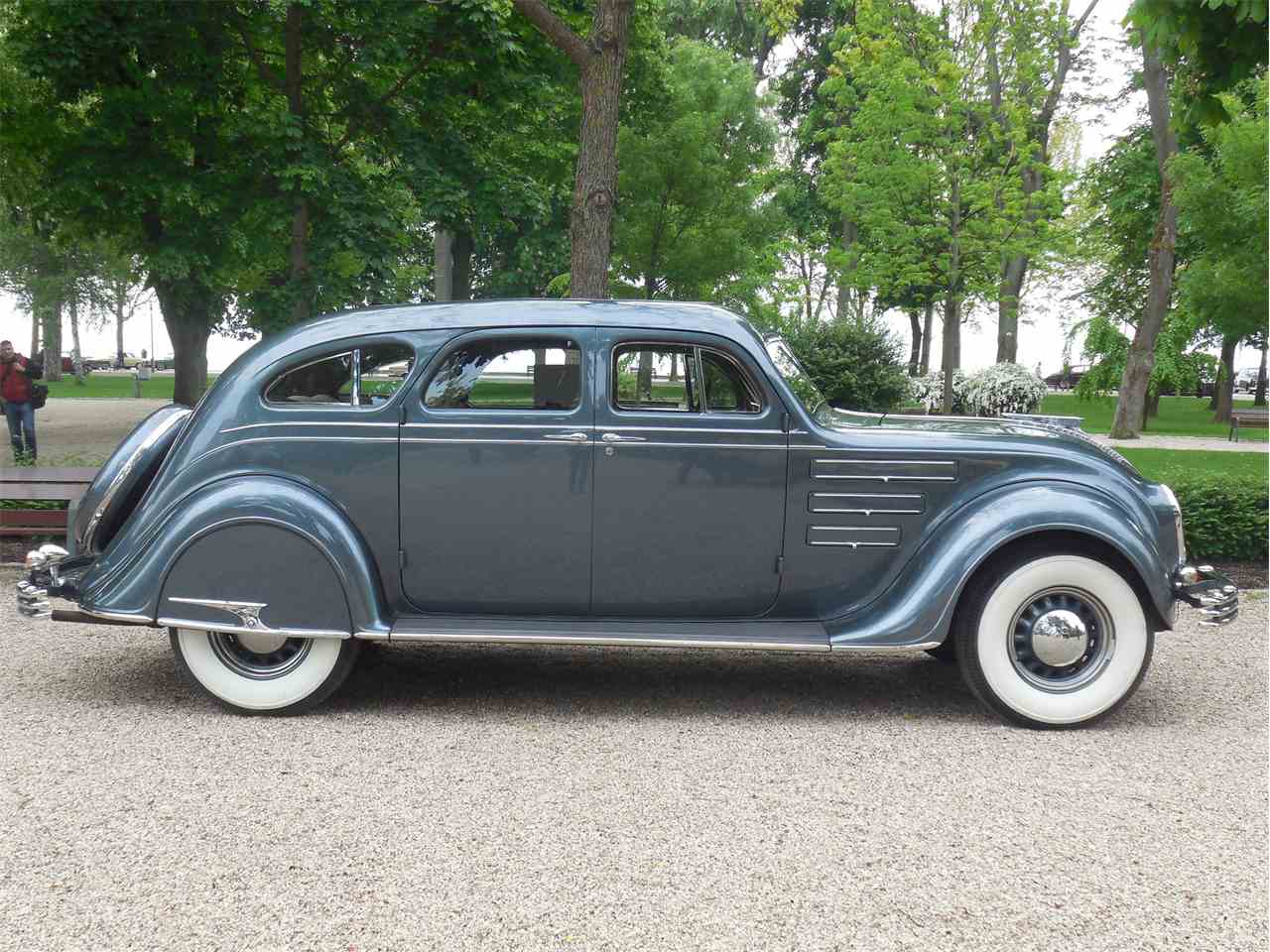
Prior to the Airflow's debut, Chrysler did a publicity stunt in which they reversed the chassis, placing the front axle and steering gear of a conventional 1933 Chrysler Six at the back of the car, which allowed the car to be driven "backwards" throughout Detroit.

The weight distribution had approximately 54% of the weight over the front wheels, which evened to near 50:50 with passengers and resulted in more equal spring rates, better handling, and far superior ride quality.Ĭhrysler would not build another unibody vehicle until 1960 with the Virgil Exner Forward Look. The engine was moved forward over the front wheels compared with traditional automobiles of the time, and passengers were all moved forward so that rear seat passengers were seated within the wheelbase, rather than on top of the rear axle. Innovative weight distribution in the new Chrysler Airflow stemmed from the need for superior handling dynamics. Spring rates at the rear of traditional vehicles, which used leaf springs, were therefore necessarily higher, and passengers were subjected to a harsher ride. When loaded with passengers, the weight distribution tended to become further imbalanced, rising to 75% or more over the rear wheels, resulting in unsafe handling characteristics on slippery roads. Traditional automobiles of the day were the typical two-box design, with about 65% of the weight over the rear wheels. The car thus represented a breakthrough in lightweight-yet-strong construction, as well as increasing the power-to-drag ratio, since the lighter, more streamlined body allowed air to flow around it instead of being caught against upright forms such as radiator grilles, headlights and windshields. The strengthening was demonstrated in a publicity reel. Applying what they had learned about shape, the engineers also began looking into unibody construction to achieve rigidity with less weight than could be achieved with the conventional separate frame and body. Their engineers found that then-current two-box automobile design was so aerodynamically inefficient that it was actually more aerodynamic when tested as if being driven backwards. Chrysler built a wind tunnel at the Highland Park site, and tested at least 50 scale models by April 1930.
#1934 chrysler airflow hubley manufacturing company series#
Early Airflows have no trunk one was bolted on starting in 1936 The highly stylized dashboard of a 1934 AirflowĬarl Breer, along with fellow Chrysler engineers Fred Zeder, and Owen Skelton, began a series of wind tunnel tests, with the cooperation of Orville Wright, to study which forms were the most efficient shape created by nature that could suit an automobile. The hood cooling vents are fully functional. Also, the PT Cruiser was supposed to be a modern version of the 37 Ford, not the Airflow.įront-opening rear doors aided entry into the back of the 1934 Airflow. All the rest used a 323 cubic inch engine, except for the huge CW. Only the base model 34 Airflow used the 299 engine. In 2022, Chrysler announced that the Airflow name would be resurrected for an electric crossover SUV.

Chrysler made a significant effort at a fundamental change in automotive design with the Chrysler Airflow, but it was ultimately a commercial failure due to a lack of market acceptance and controversial appearance.Ĭhrysler also marketed a companion model under the DeSoto brand, the DeSoto Airflow, and the appearance was also offered on the Chrysler Imperial. The Airflow was the first full-size American production car to use streamlining as a basis for building a sleeker automobile, one less susceptible to air resistance. The Chrysler Airflow is a full-size car produced by Chrysler from 1934 to 1937.


 0 kommentar(er)
0 kommentar(er)
